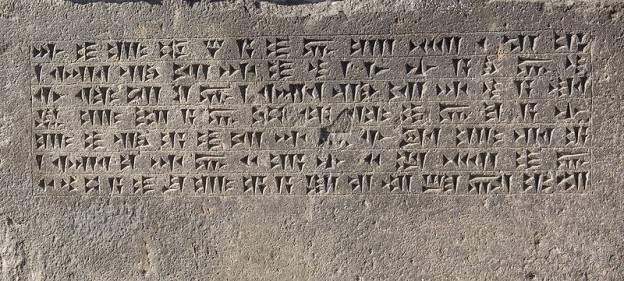In the Wake of Ea

Prize-winning Work of the Queen Elisabeth International Competition
Thanks to the deciphering of two Babylonian tablets by Belgian orientalist Marcelle Duchesne-Guillemin, we now understand the arrangement of strings on the Babylonian lyre: five in the front and four at the back. These strings correspond to the notes of the main musical scale. The fourth string, which is also the most significant note of the Babylonian series, is described in a very particular way. While all the others are designated by numbers, this one carries a special note: "made by the god Ea." As the deity of underground waters and creator of the arts, Ea stands at the heart of the Babylonian musical system, serving as a guarantor of a certain permanence.
A lyre that deteriorates under the pressure of time, and a string in the middle striving to uphold permanence through its connection to Ea—this is the emblem of Babylonian music itself, intangible and ineffable, yet carried by perishable instruments and voices long since silenced. This tension serves as the inspiration for the work.
The piano, representing the fourth string, lives through multiple stories of rebirth, following the rhythm of an aquatic movement. Like an elegant prophet moving through river currents, it struggles in two ways (a repeated note and a musical phrase alternately verticalized or stretched out) and in two opposing directions vis-à-vis the orchestra: resisting and seeking to unite.
The orchestra, as an amplified lyre, teeters on the edge of dispersion, but this is counteracted by the piano, the "string made by Ea," which breathes renewed momentum into it and upholds the desire for permanence. The overall structure of the work unfolds through defragmentation, mirroring a civilization that once dominated the Orient, leaving behind only fragments of splendor uncovered through excavations on ever-shifting soil.
The work is dedicated to the memory of my father.
Michel Petrossian
Go to the publisher's website


